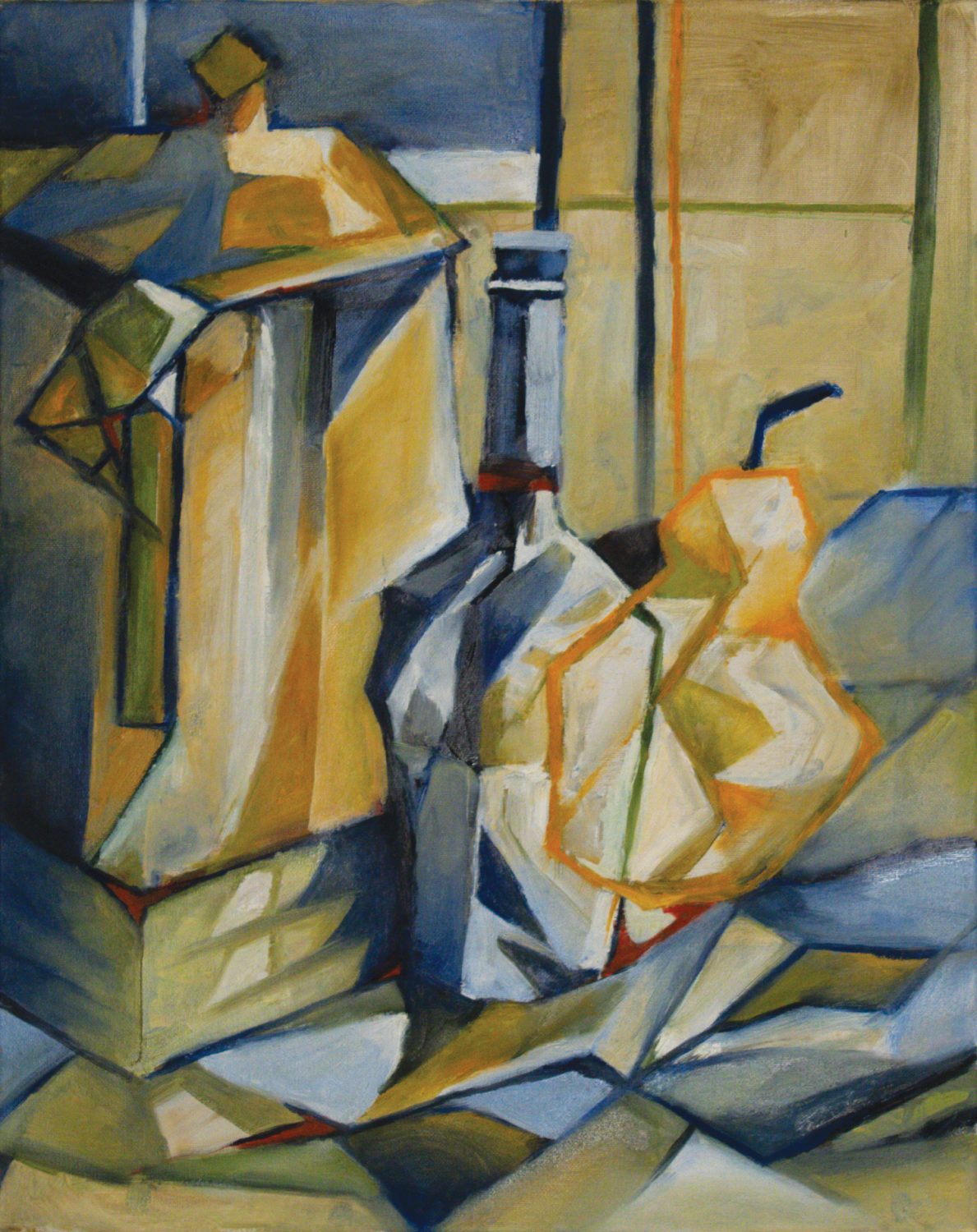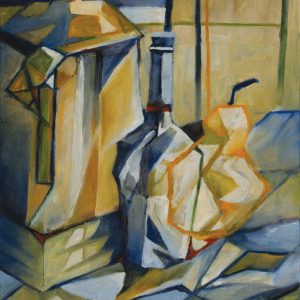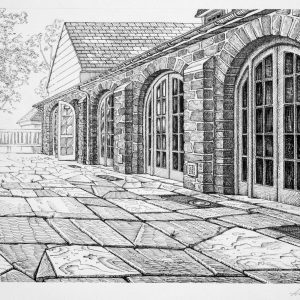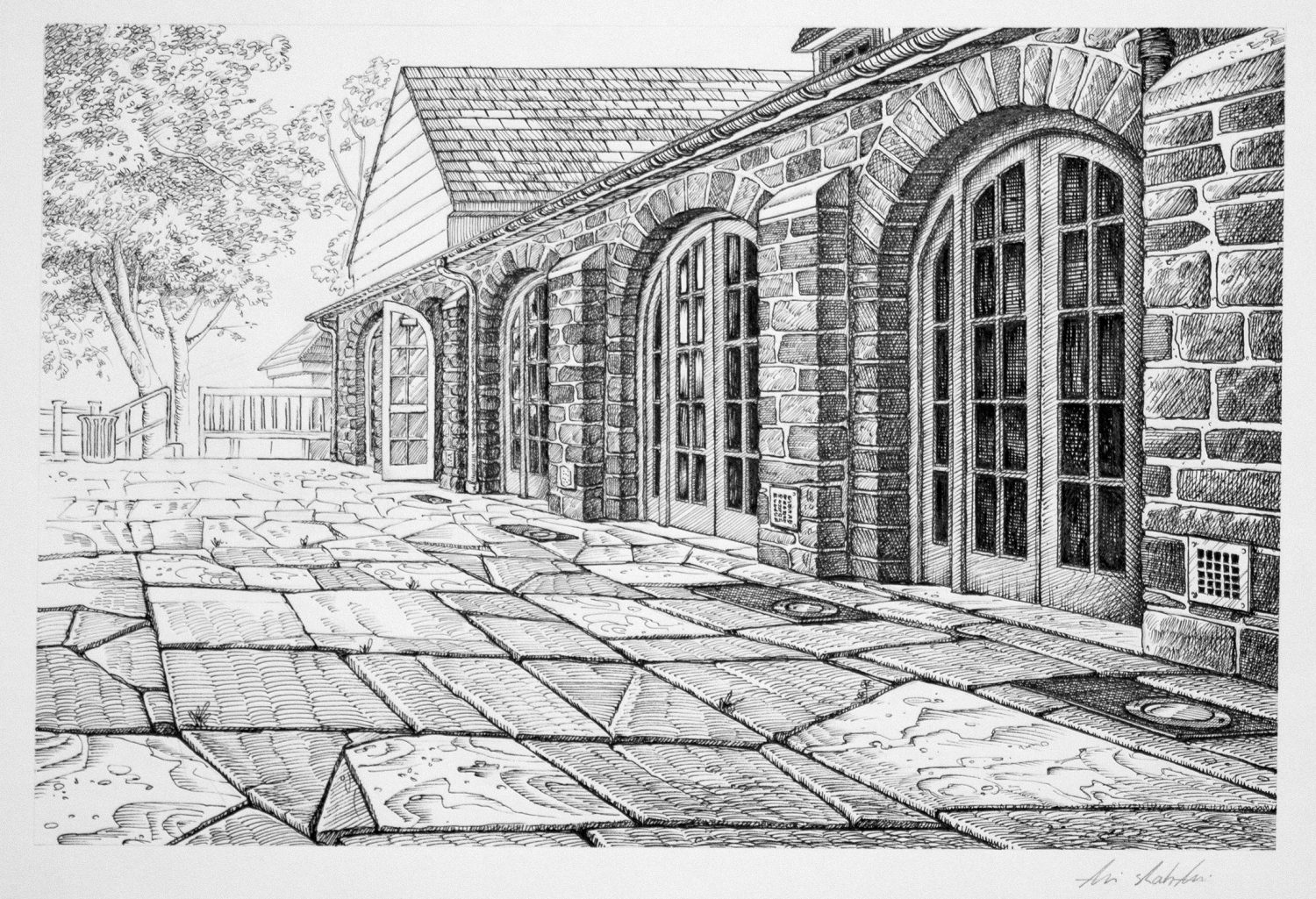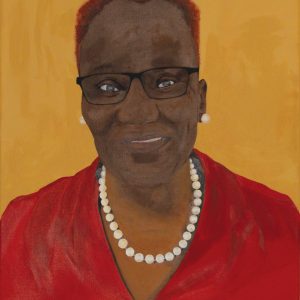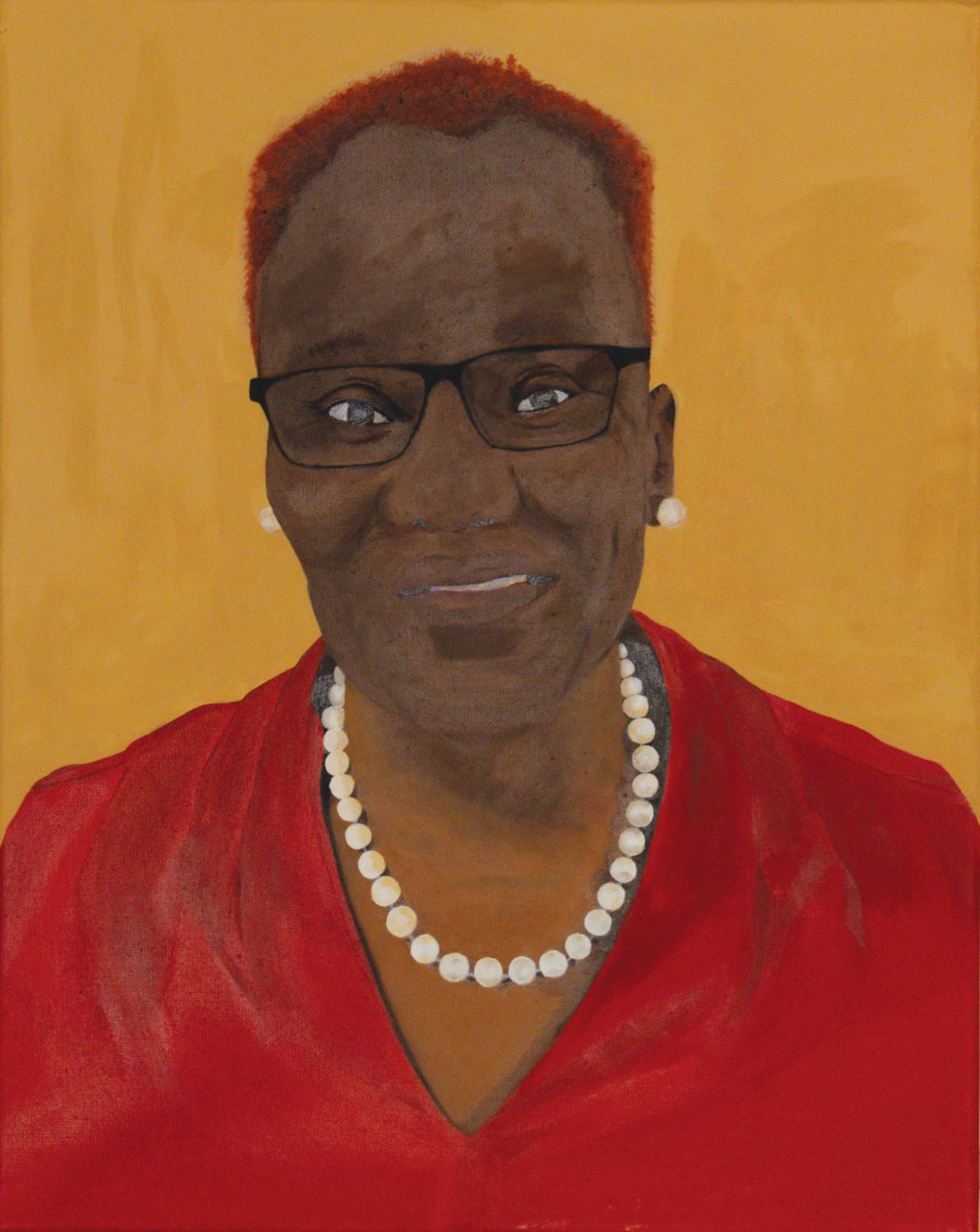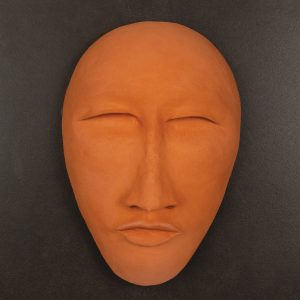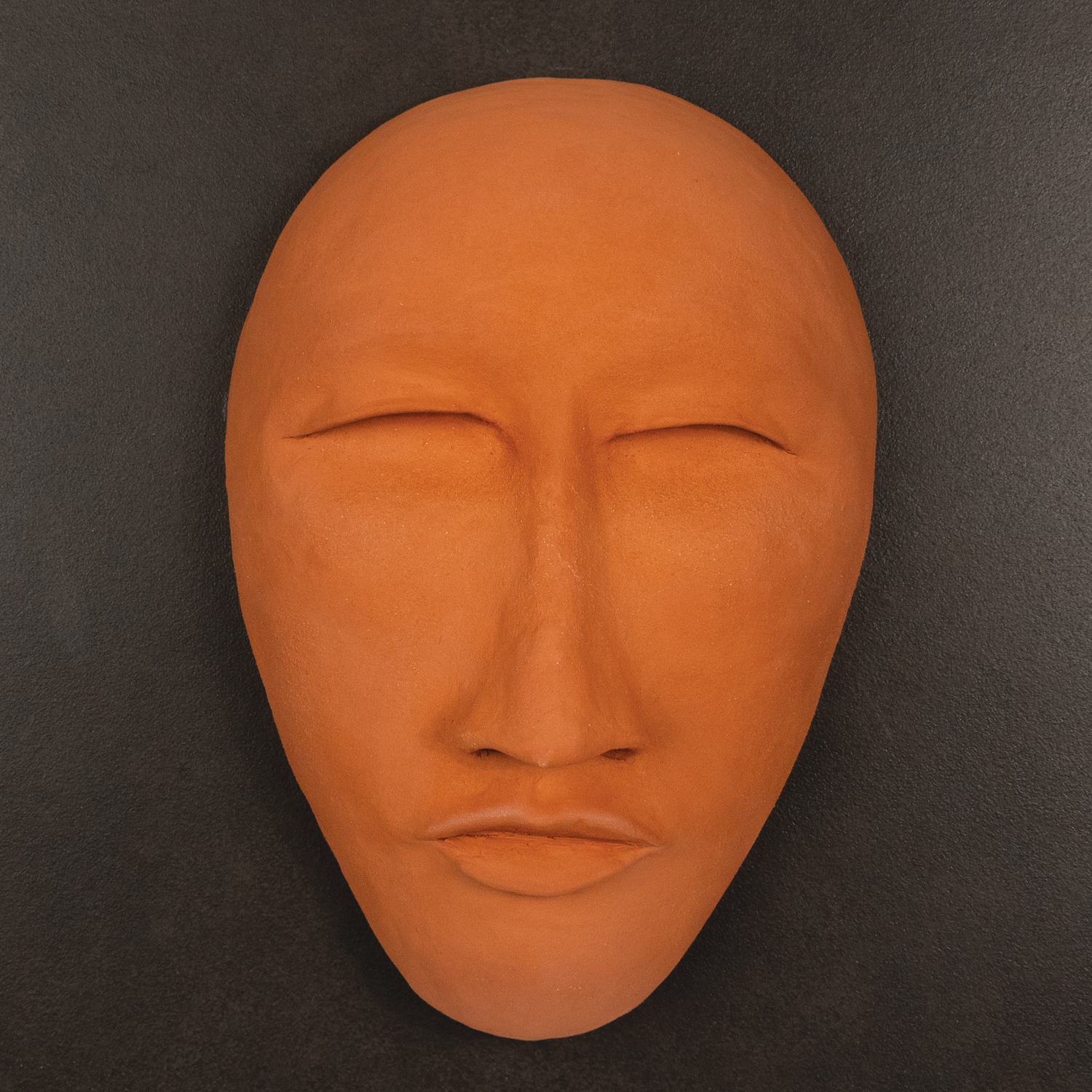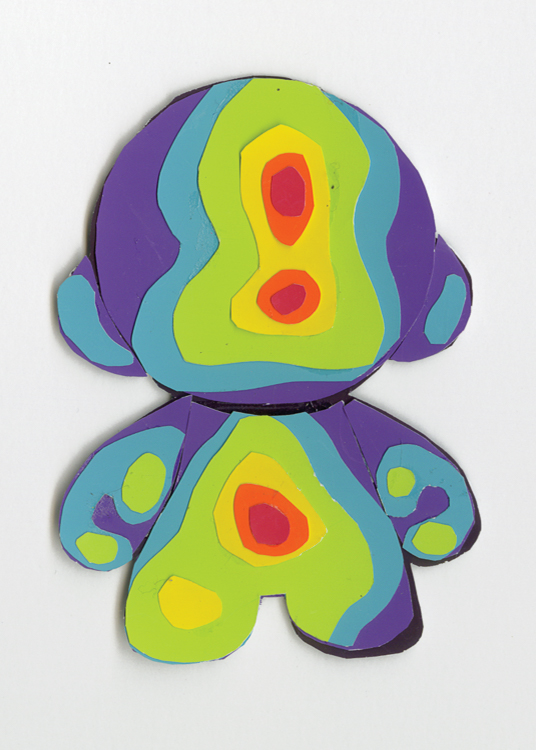The Juried Student Exhibition is the summation of a year of effort and brilliance by our students, the best works selected and exalted by being presented in a professional context. My colleagues in the Department of Art & Design have created an exceptional tradition that I have been trusted to carry forward. In my first year organizing the show, I am indebted to and was amply supported by my predecessors, in particular Annemarie Coffey, who has coordinated the show for the last eight years. Organizing the show has given me an opportunity to spend quality time with the work of our students across the curriculum and to reflect on the state of learning, teaching and making art.
Each of the student works selected for this exhibition began as a class assignment, a launching pad, in the hopes that something else would take hold of the student while making it. In each, something of the student took hold and found its way to the surface. But let’s not essentialize that something else. For the time being, let it be, let it be singular to each work, to each artist. Some are expertly crafted, exemplary in their execution of skill and concept, while others are an expression of an idiosyncratic obsession or expression. One hundred and sixteen artifacts of brilliance and passion, of inspiration and sweat, of thought and skill made in a context, that is the overlapping social spheres that influence the artist. Not to mention time: the compression of a semester, of an assignment schedule, of multiple deadlines, of time, time, never enough time. Remarkable work produced under pressure. So let’s consider each “a data point of one,” a single unit of observation, typically considered statistically unreliable, and lesser in value, for its lack of comparable data points. But therein lies the strength when assessing artworks; the works selected for this exhibition are individual snapshots of each student’s unique journey through a process, to an end, which is a new beginning.
We are launching our students as creative people into a culture of acceleration, the question is, where do the arts fit in? On the surface, the demand appears to be to gain skills to match this acceleration. However, it occurs to me that teaching and making art provides an opportunity, increasingly rare, to indulge in a process; to reflect, to revise, to linger on the details, to add a human touch. In this exhibition, you will see works with lines that swirl, not with machine precision, but with the hand, forms that animate and morph on screen, pixels yes, but with the obsessions and specificity of lived experience. Difference is in the details, and each of the works plunges into details. This is a risk, bypassing the cul-de-sac of an easy answer, of being comfortable not knowing, exploring territories without a map, to find oneself through making. Cultural anthropologist Gregory Bateson argued that “information is the difference that makes a difference” and is what allows us to understand and interact with the world. He saw art as a tool for exploring complex phenomena, and understanding the world beyond the purely logical. But what if those boundaries are more squishy than he thought? What if art is too the “difference that makes a difference?” Notice then that our students work across media; for instance, producing excellent work in drawing, collage and animation. Each medium has its own technique, history and context to be considered. No small feat then that a single student is able to work through the requisite skills and conceptual heft of each to express their ideas. But that’s what artists do. The last of the polymaths. Demonstrated in this exhibition are examples of a cognitively flexible skillset, one that can be carried forward by these students into all kinds of contexts, and to create contexts which don’t yet already exist.
What does it mean to the artist to see their work framed and hung, surrounded by peers and family? Artists in the show may feel proud of what they have done (as they should), and friends and family and colleagues proud of the artists in their midst. This exhibition is an opportunity for interchange between artists and audience, perhaps,for many artists in the show, the first time for such an exchange. So what role can we, the audience for these artists, play to nurture new beginnings? There is no one answer, only the possibility of knowing each of these artists a little better through this presentation of their work. A data point of one. It is the start of a new conversation. Art is created in a context, but so is meaning. As an audience, we bring meaning to the work by observing it. In other fields, the observer effect is the influence that the act of observing exerts on the phenomenon being observed. Electrons act differently when measured, subjects act differently when a camera is introduced. The act of measuring influences the measurement. It is impossible to measure what will come of this. But yes, they are phenoms, all.
-Nathaniel Sullivan, February 2025

